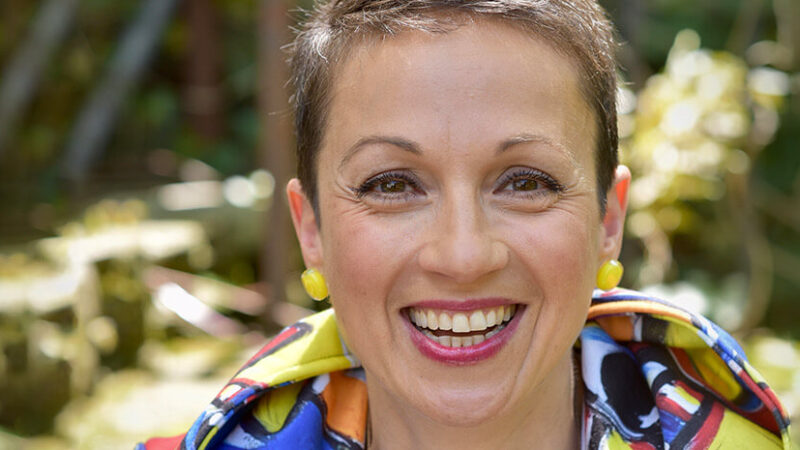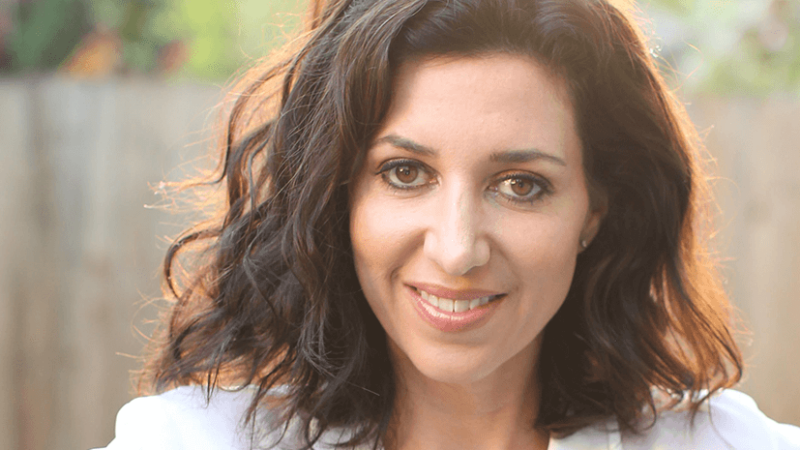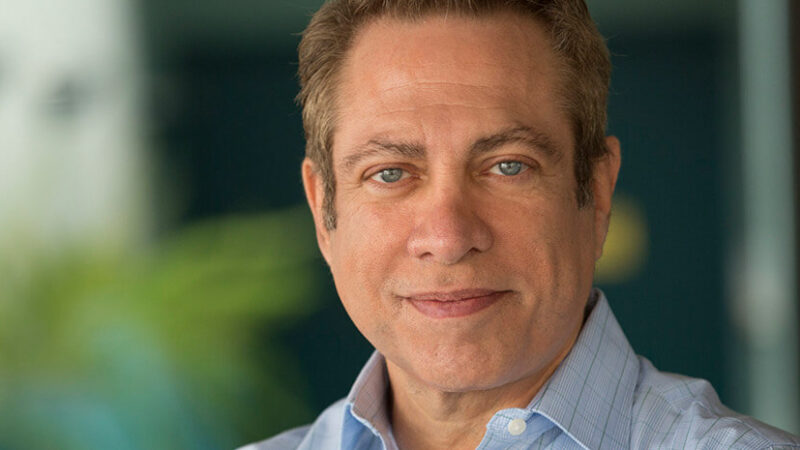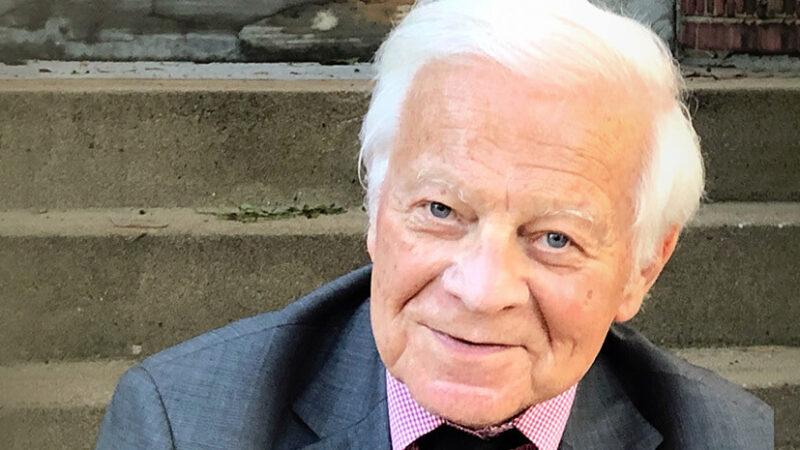Radically Reframing Aging
Maria Shriver is a mother of four, an Emmy® and Peabody award-winning journalist, a seven-time New York Times bestselling author, an NBC News special anchor, and founder of the nonprofit Women’s Alzheimer’s Movement. She is also the founder of the media enterprise Shriver Media, which produces award-winning documentaries and films, bestselling books, a popular podcast, and a popular weekly email newsletter called “The Sunday Paper.” Her latest book, I’ve Been Thinking…, and its companion, I’ve Been Thinking…The Journal, were written to offer wisdom, guidance, and inspiration to those seeking to create a meaningful life.
In this podcast, Sounds True founder Tami Simon speaks with Maria Shriver about her new project, Radically Reframing Aging: Today’s Groundbreakers on Age, Health, Purpose, and Joy, an online summit exploring how we can all live our healthiest, most joyful lives as we grow older. Maria and Tami also discuss reclaiming the many gifts of aging; shifting your inner narrative to keep your dreams alive; implementing habits that help us age well; reframing mental health and therapy; a new understanding of challenges like Alzheimer’s, Parkinson’s, or dementia; reframing menopause; the practice of writing out our fears, redirecting our thoughts, and other tools for managing anxiety about aging; the mindset of “super-agers”—purpose, independence, creativity, and more; reframing retirement; and the importance of “having the conversation” and sharing our personal experiences with others.






